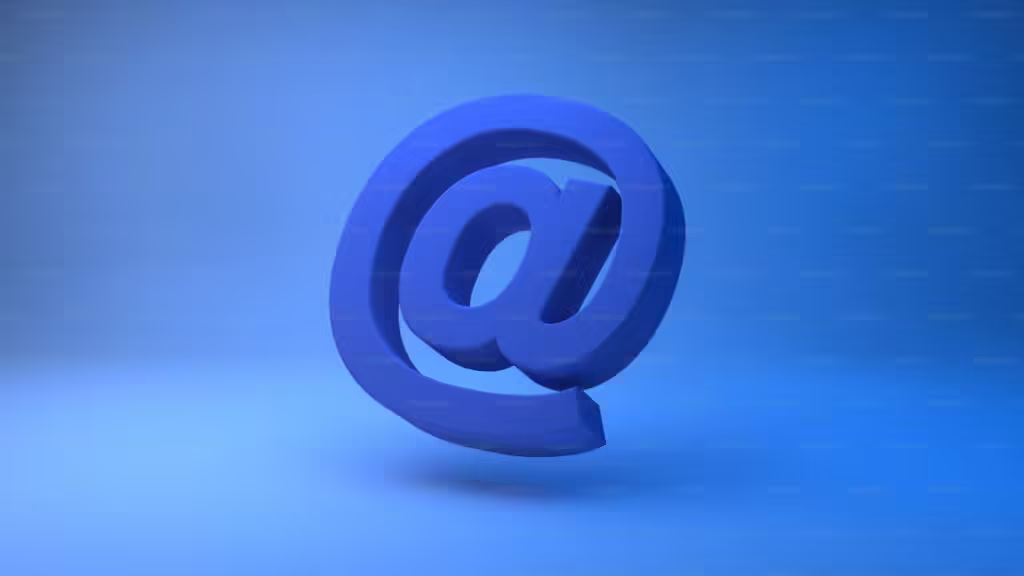Welcome to our comprehensive guide on the Benefits of Email List Segmentation and how strategically segmenting your email lists can significantly enhance your email marketing results. The Benefits of Email List Segmentation cannot be overstated, as this powerful technique offers a range of advantages that can boost engagement and conversion rates. In this blog post, we will provide you with actionable tips and best practices to help you effectively segment your email lists and reap the full range of Benefits of Email List Segmentation for your email marketing campaigns.
Benefits
- It increases open rates.
When a business identifies customers with specific interests, it is good to make content that targets them specifically. The relevance of the content makes them want to open the emails, which increases engagement. Personalization makes the customers feel like the business thinks about them.
- Greater customer retention.
When the customers feel like they are thought of, the business builds a rapport with them. This in turn, makes customers loyal to the brand, and retains them for a long period of time.
- Reduces bounce and unsubscribe rates.
Through segmentation, a business can identify subscribers who are and are not opening your emails. By weeding out subscribers who are not interested, the business can reduce bounce rates.
Criteria and How to Segment Your Email List
Here are some common criteria that can be used to split up your email list:
- Demographics: This includes further subdivisions like location, time, age and gender, and profession. Looking into these factors, a business can segment their email list to cater to a particular group of people. For example, a single working mother or father may need services for babysitting in their area; or high school or college students may need a service to help them with assignments or exam preparation.
- Geographical location: Using a subscriber’s location is helpful if a business wants to prove them localized promotions. For example, a theme park in an area can promote their rides and amusement and target families with children, which can interest parents to subscribe for further information.
- Previous purchases: Using a subscriber’s past purchasing history to promote goods similar to the ones they bought before can help drive sales and foster a long term relationship with customers.
- Purchase frequency: Frequent shoppers can be identified and offered a coupon, a discount, or an invite to join the loyalty program. This can encourage subscribers to purchase more.
- Open rates: A business can use a subscriber’s frequent engagement with their emails to promote special offers and opportunities, such as beta access to a new application or program.
This is by no means an exhaustive list. There are many criteria and the business can use whatever criteria that fits their needs best.
Conclusion
In short, email segmentation can help a business cater to their subscribers in a more personalized manner that includes the subscriber’s interests, profession, age, gender, purchasing history, etc. Personalization can increase the subscriber’s interest in the business and their goods and services. It is a necessary aspect to consider in order to improve business reputation and goodwill. \





